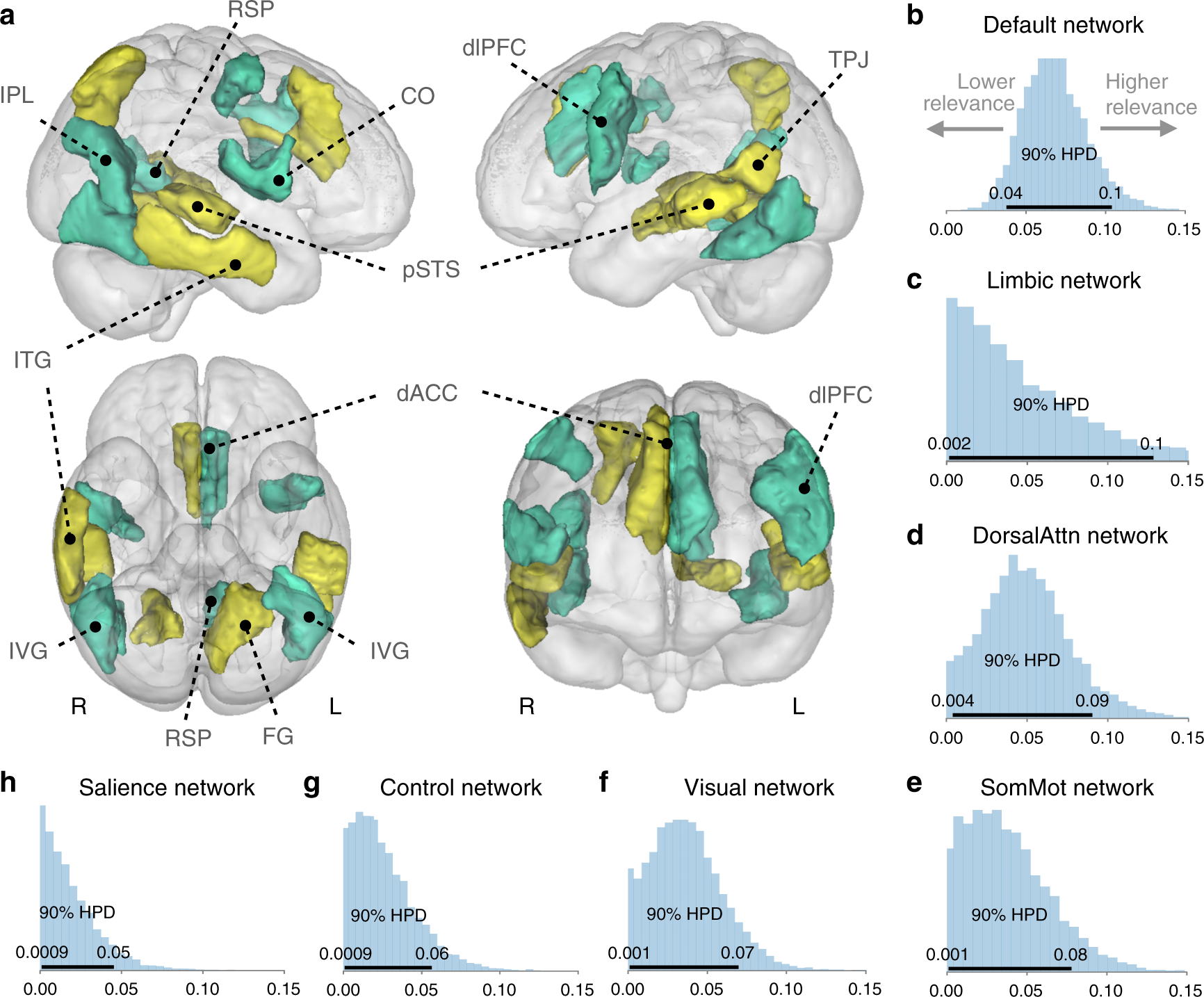

The cells have differential temporal firing patterns during theta and ripple oscillations.The spike probability plots show that during different network oscillations representing two distinct brain states, interneurones of the same connectivity class show different firing activities and therefore modulate their specific postsynaptic target-domain in a brain-state-dependent manner.

Hippocampus anatomy collinear sulcus free#
Note the cell free layer IV-lamina dissecans I: transition hippocampus/amygdala CA3/CA2 CA2 CA1 CA1-sub sub PresubEnt Dashed line marks the border toward the polymorph layer B: transition between CA3/CA2 C: CA2 a-alveus o-oriens, r radiatum lm-lacunosum moleculare D: CA1 E: transition CA1/sub F: subiculum G:presubiculum H: entorhinal ctx. A: dentate gyrus: ML-molecular GL- granualr PL-polymorph layers.CA1 field of the hippocampus in human, monkey and rat Insausti and Amaral.The degree of fusion along the hippocampal sulcus is quite variable (From GRAYs Anatomy). Following folding the original external surfaces of the dentate gyrus and part of the subiculum are in contact. The amount of curvature and infolding which occurs varies along the length of the hippocampus.AC-choroideal area CG-cingulate gyrus ENT-entorhinal area HR-hippocampal rudiment HY-hypothalamus LT-lamina terminalis P-pallium PA-parasubiculum PR-presubiculum S-subiculum SR- striatal ridges TH-thalamus V3 3 rd cventricle VL-lateral ventricle a-amygdala h- hippocampal region s-septal region sl-sulcus limitans sl 8mm 12 week A: midsagittal, B: horizontal C-D medial wall of the telencephalon to show how the dentate gyrus (DG) and the Ammonss horn (AH)may fold during progressively later stages to assume the shape illustrated in the subsequent figure.ectorhinal ctx area 36 Parahippocampal gyrus (cortex): anterior part (entorhinal cortex and associated perirhinal cortex (areas 35,36) posterior part that includes TF and TH of von Economo.A: Sobotta, B: Broadmann C: Roland, In (C) the scheme is drawn in the Talairach coordinates. CS-collateral sulcus FM fimbria GS-semilunar gyrus POC-primary olfactory cortex RS- rhinal sulcus SS-sulcus semianularis TN-tentorial notch UHF-uncal hippocampal formation CF calcarine fissure HIP hippocampus ITG inferior temporal gyrus OT olfactory tract PHG- parahippocampal gyrus TP-temporal pole: 28- atrophic entorhinal area (From G vanHoesen) Median sagittal surface of the human (A, B,) brain.1-rhinal sulcus 2-collateral sulcus 3-intrrhinal sulcus 5-gyrus ambiens 6-entorhinal ctx 8-uncus 9-hippocampal fissure 10-sulcus semiannularis 11-gyrus semilunaris 12- mammillary bodies 13-anterior commissure 14-precommissural fornix 15- postcommissural fornix 16-thalamus 21-corpus callosum, rostrum 22-corpus callosum (splenium) 24-gyri Andreae Retzii (From Insausti and Amaral, 2004).Bulb 20-substantia nigra 22-corpus callosum (splenium) 23- choroidal fissure 25-parahippocampal gyrus (From Insausti and Amaral, 2004)

semiannularis 12- mammillary bodies 17-optic chisam 18-olfactory tract 19-olf.


 0 kommentar(er)
0 kommentar(er)
